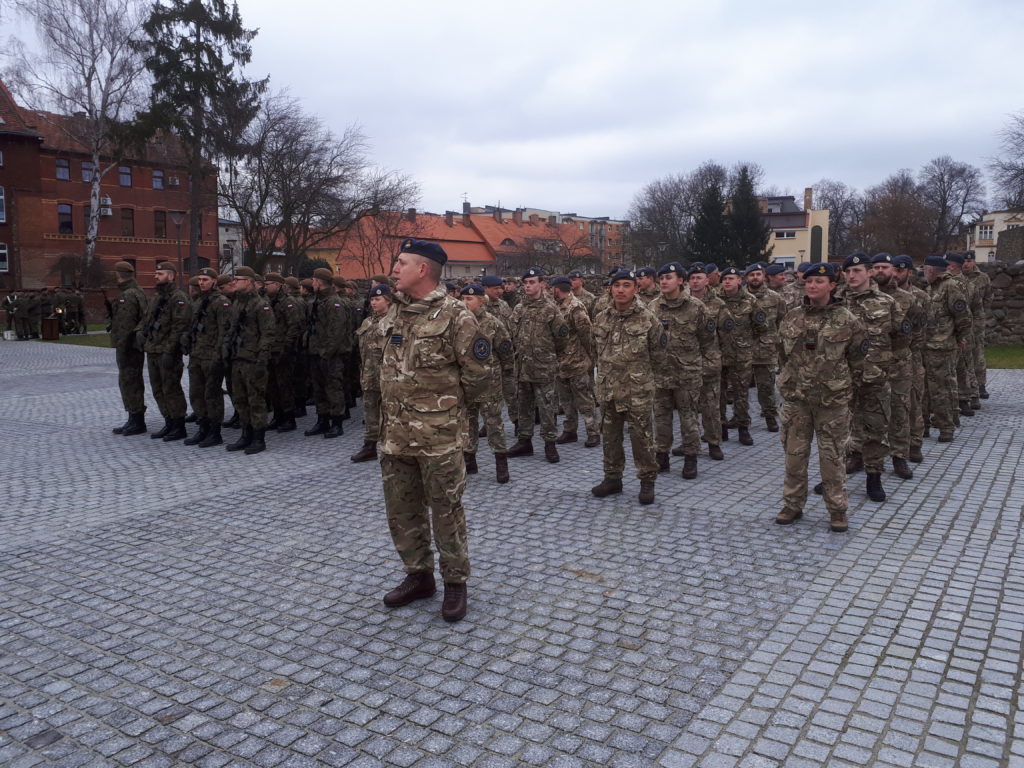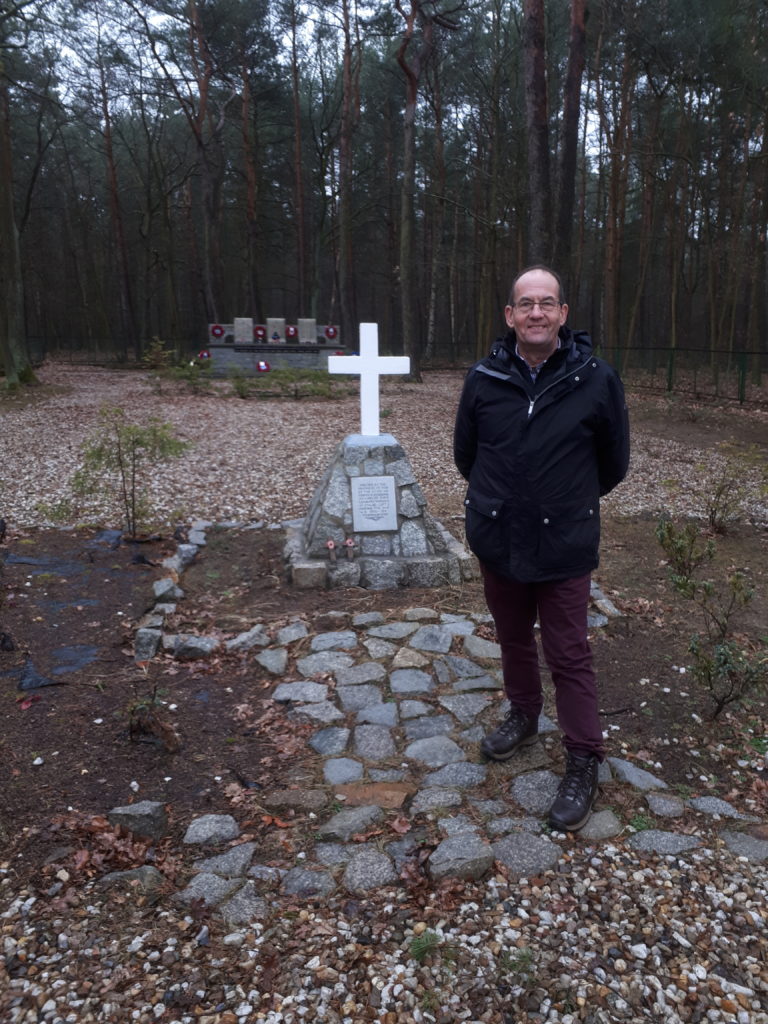For some years the RAF have taken a group of serving RAF personnel from different RAF stations, across different roles to participate in a force development exercise to Zagan, Poland and a 3-day march to Spremberg station in Germany. The exercise aims to provide an opportunity for younger personnel to stretch themselves physically, undertake research into parts of RAF history and heritage and remember those who, in the freezing winter of 1945, were in the Long Marches across Europe. This year sees the 75th Anniversary of POW Long Marches.
Those who survived and those who perished through hypothermia, starvation, exhaustion, dysentery, despair and through misidentification by Allied Air Forces. For many years they have been accompanied by World War 2 RAF ex-prisoners of war (“Kriegies”), and in recent years Air Cdre Charles Clarke OBE had been the sole representative. https://ibccdigitalarchive.lincoln.ac.uk/omeka/collections/show/229 . Charles died last May and the new president of the Royal Air Forces ex-PoW Association, Sqn Ldr Robert (Bob) Ankerson, is participating in this 75th anniversary march.
Robert has been a volunteer tour guide at the IBCC for over 3 years after an RAF career of 34 years, including flying tours on Vulcan and Tornado GR1. During his second Tornado tour he ejected from a burning Tornado. He was captured and was a POW in Iraq, qualifying him to join the RAFs ex-PoW Association.
A couple of weeks before departure for Per Ardua Eagle 20, Robert met a couple when they visited the IBCC. Lynne and Brian Chalklin were looking to see Brian’s uncle on the memorial walls https://losses.internationalbcc.co.uk/loss/103910/. While chatting to the couple, it transpired that Sgt Stanley Chalklin, Flt Eng, had been shot down over Berlin on 30 January 1944 in a No 207 Sqn Lancaster flying from RAF Spilsby. Six of the crew were killed, Sgt Downey survived and was a POW. Further details of the crew are on the IBCC Losses Database https://losses.internationalbcc.co.uk/
Stanley’s name was on a family headstone in England and it was assumed he was buried there. When the last surviving brother died we learnt he was buried with crew members, in the CWGC Berlin War Cemetery. Robert will be at the Cemetery with the RAF before travelling to Berlin airport to Zagan and Stalag Luft 3 (the Great Escape). On Thursday 14 February, Robert and the RAF personnel will lay crosses for Sgt Chalklin and his crew.
Two other crews will be recognised at the same time. While preparing for the trip Robert found a piece written by the author Steve Darlow about Bomber Command and in it he mentions 3 individuals, one of whom is buried in Berlin, Pilot Officer Leslie Gill, IBCC Panel 169 https://losses.internationalbcc.co.uk/loss/210387/ . On 2 January 1944, 421 Lancasters attacked Berlin, 28 were lost, 156 Sqn lost 4 aircraft with all aircrew killed. Two of those aircraft were over Berlin and all crew members are buried in the Berlin War Cemetery, including Leslie. The second crew were flying with Sqn Ldr Ronald Stewart, IBCC Panel 248 https://losses.internationalbcc.co.uk/loss/226957/. Although these 20 men will be specifically recognised, all RAF men and women who died during WW2 will be remembered.
After a day at Stalag Luft 3 Museum, the group will start to march 60 miles over 3 days. They will stay the first night in a barn where PoWs sheltered from temperatures of minus 20 deg C. Day 3, marchers arrive at Spremberg station where PoWs were loaded into cattle trucks to be taken to new camps. The RAF group will be taken to a hotel for a formal dinner before returning to UK the following day.



To discover more of the stories the IBCC has captured please click here
If you would like to become an IBCC volunteer please click here



